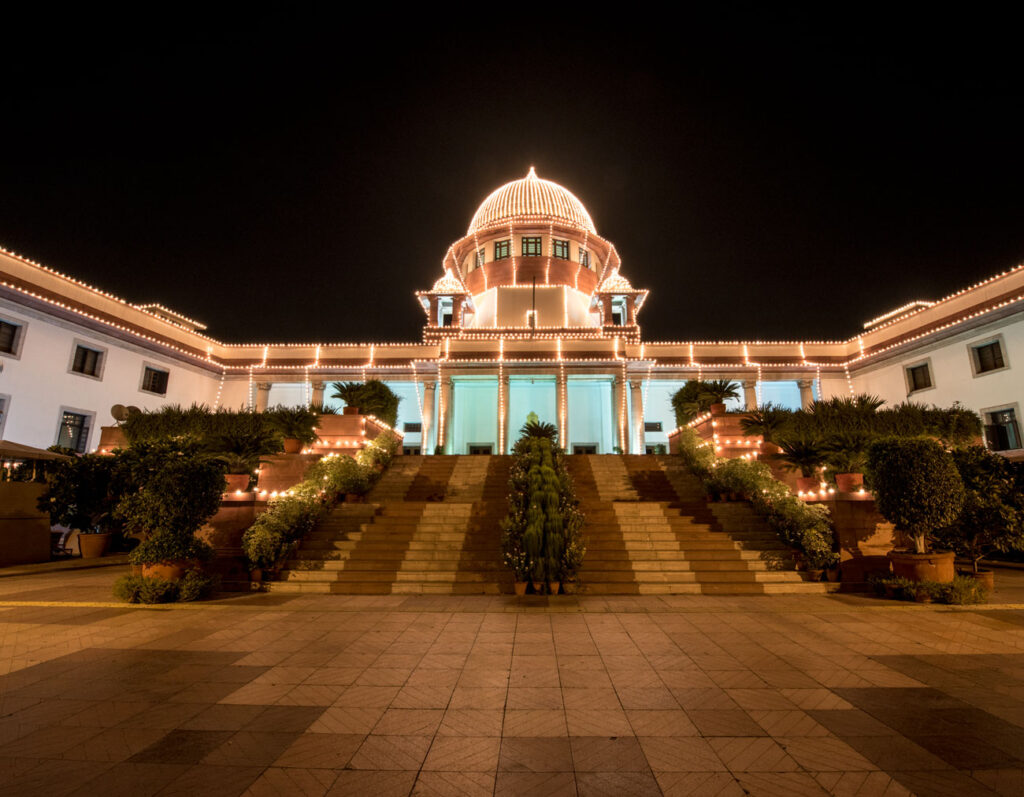What the SC majority said:
- Demonetisation was a policy decision which fell under the domain of the executive.
- Decision not flawed and doesn’t suffer from any serious legal or constitutional flaws. The government took a call after consulting the RBI as envisaged under the existing laws.
- RBI has no such independent “demonetisation” powers and the central government has the power to demonetise a series or the whole of currency notes of a particular denomination.
- Demonetisation also satisfied the test of proportionality as there was a reasonable nexus between the objects sought to be achieved by the law and the means adopted to achieve them. Hence, decision can’t be reversed.
- The 52-day window for changing Rs 500, Rs 1000 notes fine given the earlier demonetisation experience. During the 1978 the window for return of demonetised notes was 3 days and was later extended by another 5 days.
What the minority said:
- Government could not have initiated demonetisation, RBI ought to have done so. Seen in that context, it shows a lack of independent application of mind by the RBI. Hence demonetisation was legally flawed and unlawful. No relief can be given now as much time has flown since.
- Demonetisation may have been well-intentioned, but that is irrelevant to decide legality. It caused much hardship to the common man.
- Measure was not successful as sought to be made out as 98 per cent of the bank notes were exchanged
- RBI power is limited i.e., it envisages a power to demonetise a particular series of currency notes and the whole series of currency notes of a particular denomination
- A legislation made secretly was in effect an ordinance. Since the central government has unlimited powers in such matters the power must be exercised through a law passed in Parliament and not a gazette notification. Parliament’s views on such an issue is critical.

